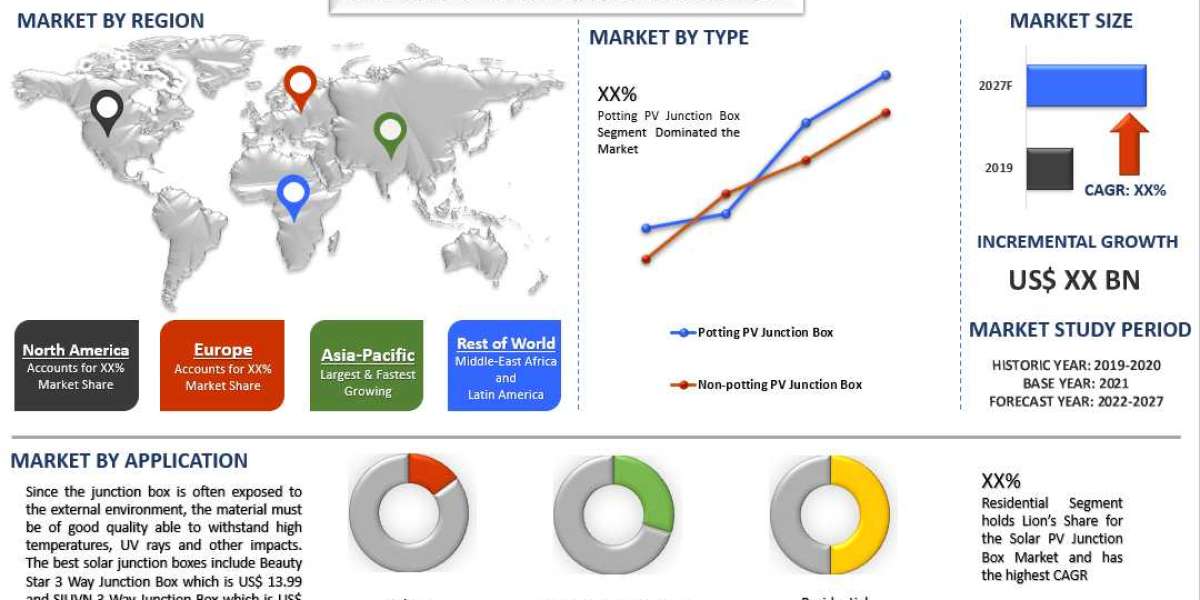Originally Published on: SpendEdge |The Biggest Problems with Pharmaceutical Raw Materials Market, And How You Can Fix It
Insights into Pharmaceuticals Raw Materials
Exploring the packaging of medications reveals an extensive list of chemicals and compositions utilized in drug manufacturing. However, the domain of pharmaceutical raw materials transcends chemicals, encompassing natural elements like leaves, flowers, fruits, fungi, and seeds, along with synthetic materials and biologics. These materials are categorized as active pharmaceutical ingredients (APIs), intermediaries, and additives. Despite the pharmaceutical industry's consistent growth and optimistic prospects in emerging regions, particularly the APAC, expected to achieve a CAGR of 9%-10% by 2021 (Source: SpendEdge Procurement Market Intelligence Report – Bulk Drug Raw Materials Market), suppliers of pharmaceutical raw materials grapple with significant challenges impacting their trajectory.
Key Challenges in the Pharmaceuticals Raw Materials Market
Confronting the Threat of Counterfeit Products
The global pharmaceutical supply chain grapples with the infiltration of falsified medicines or counterfeit drug products. Counterfeit drugs often contain low-quality APIs, incorrect ingredients, or inaccurate dosages. Such fraudulent products, breaching intellectual property rights, pose risks and complications upon consumption. Manufacturers of pharmaceutical raw materials bear the brunt of such malpractices. Consequently, medicine surveillance services and counterfeit identification technologies, such as mass spectrometry (MS), infra-red (FTIR) spectroscopy, nuclear magnetic resonance (NMR) spectroscopy, Raman spectroscopy, and gas chromatography-mass spectrometry (GC-MS), are gaining prominence.
Navigating the Rise in Trade Taxes
While the manufacturing hubs for final drug products are predominantly located in the US and Europe, pharmaceutical raw materials are often sourced from emerging countries like Brazil, China, India, and Israel. Challenges arise when drug manufacturers face additional expenses in the form of trade taxes and customs fees. The "Made in America" movement, fueled by the Trump administration's imposition of double-digit tariffs on outsourced drug manufacturing, dissuades companies from acquiring pharmaceutical raw materials at more economical rates.
Adapting to the Surge in Regulatory Delays
Due to the sensitive nature of drugs and medicines concerning public health, stringent regulations from governments and medical associations govern the pharmaceutical industry. Suppliers of pharmaceutical raw materials must secure approval from regulatory bodies such as the FDA and EMA to introduce final products to the market. Delays in the approval process can hinder time-to-market, jeopardizing patent expiration and inducing operational challenges. Such delays significantly impact the profitability of drug manufacturers, impeding overall market growth.







